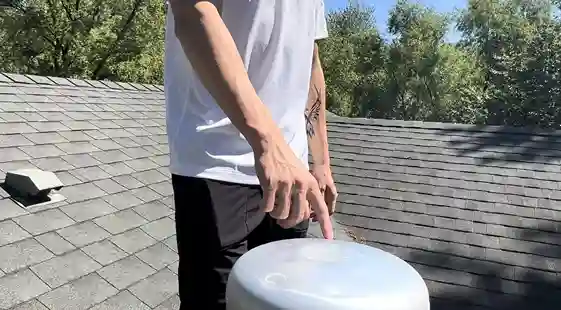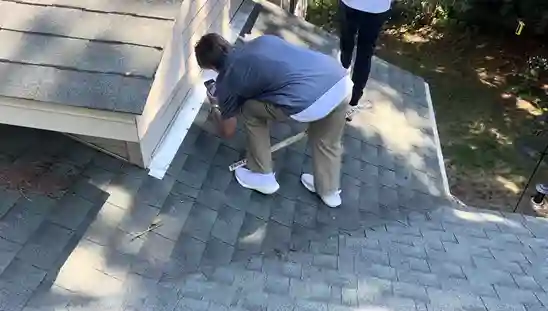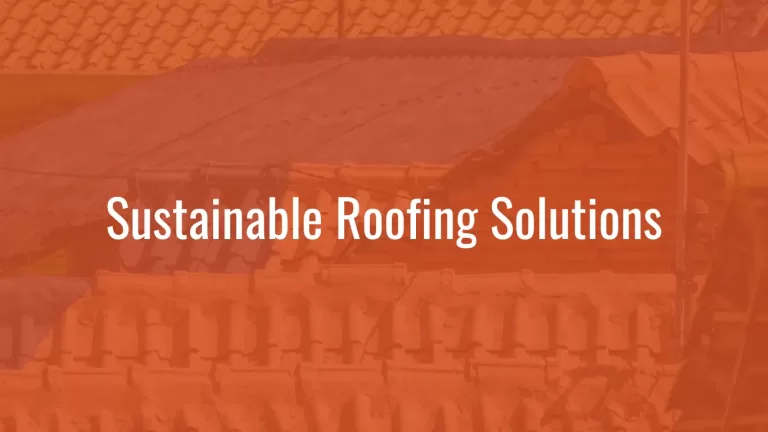What to Discuss About Roofing and Insurance After a Storm
Storms have a way of being problematic. If your property has recently been in the way of a storm, it is essential to assess the damage promptly and consider the steps moving forward in the storm restoration process. A critical aspect of the process is discussing the damage with your insurance agent. You have come to the right place in order to understand the conversations you should be having.
On this page
Document the damage
Before you do anything else, documenting the damage should be the first item on the docket. Take clear photos and write descriptions regarding all visible issues. This documentation will be very valuable documentation when discussing your case.

Understand your policy
Reading up on your insurance policy should be one of the next steps. Various policies have different deductibles, coverage limits, and exclusions. As fun as it sounds, make sure you have a clear understanding of your policy.
Some items to note:
- Most policies cover accidents, including wind, fire, storms, hail, and even snow.
- If it is known that the homeowner did not perform proper maintenance on the roof, reimbursement could be refused.
- The whole roof may warrant replacement even if there is partial damage.
Notify your insurance provider
Every minute counts when it comes to filing an insurance claim. As soon as you can, contact your insurance provider and provide the evidence of the damage. After sending documentation of the storm damage, be prepared to discuss more information around the incident such as hail size, leaks, storm duration, storm date, and more.
Schedule a professional inspection
After you report this incident to your insurance company, they will likely send out a representative to assess the damage in person. Before this occurs, we recommend reaching out to a reputable roofing company. Many of these companies will offer free roof inspections and do a wonderful job documenting the damage for you.
A professional inspection will ensure that all repairs necessary are accounted for in the claim. Additionally, they may even offer to be present for an adjuster meeting in order to advocate for you, the homeowner.
Sometimes, roofing damage is only cosmetic (such as damage to soffit and fascia materials) and does not constitute replacement costs.

Obtain multiple quotes
Information from multiple quotes can be useful in discussions with your insurance company. If you take the time to obtain multiple quotes, your understanding of the damages will increase and empower you to advocate for yourself.
Discuss coverage and compensation
Take part in a detailed discussion surrounding coverage for the roof repairs. There are many things you do not think about when it comes to the settlement such as depreciation and deductibles and how they will factor into the final payout.
Understand the claim process
There is a lot that goes into the claim process. By understanding it in depth, you can play a part in avoiding delays and plan for the expected repairs. You should understand the expected timeline for approval and disbursement of the funds.
Keep detailed records
All throughout the storm damage process, you should keep detailed records of all communication and correspondence surrounding the situation. Keeping these records can be a valuable asset in the case of misunderstandings or disputes.

Conclusion
Understanding the coverage you have for storm damage after a storm is very important. Though your insurance provider and roofing expert will be able to walk you through the policy as well, you should read up on it promptly following a storm. All of this is to simplify the process of restoring your roof to the pre-storm condition.
Keep in mind, that clear documentation and transparency are your two best friends in receiving the storm damage coverage that you deserve. Additionally, your roofing experts are your other best friends throughout the process. The integrity of your roof and the maximum coverage is your roofing experts’ top priority!



















